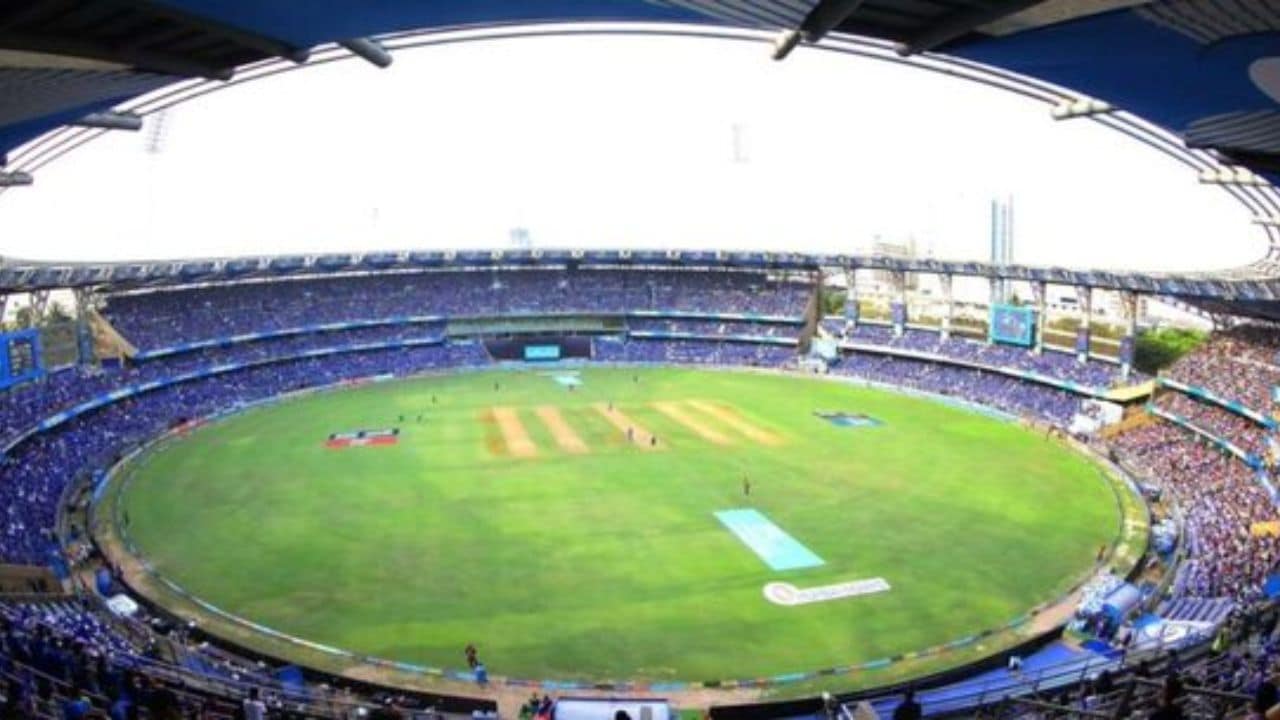With the Indian Premier League IPL 2023 season approaching its final stages, every team is concerned with their Net Run Rate (NRR), find out how to calculate it, its importance in playoffs qualification and the calculator explained
As things stand, the Gujarat Titans have the most points in the team standings and also has the best NRR.
IPL 2023 how to calculate Net Run Rate (NRR) explained, calculator, meaning, chart and table
Most seasons with negative net run rate in IPL : (Including 2023)
🔹PBKS – 12
🔹RCB – 10
🔹DC – 9
🔹RR – 7
🔹KKR – 7
🔹SRH – 5
🔹MI – 5
🔹PWI – 3
🔹Dec – 3
🔹CSK – 3
🔹GL – 2
🔹KTK – 1I think this is the main reason why some teams didn't have IPL trophy
— Raja Sekhar Yadav (@cricketwithraju) May 11, 2023
Job done in ten and a half overs 🔥
✌️points in the bag and a significant boost to our Net Run Rate! 🙌#PlayBold #ನಮ್ಮRCB #IPL2023 #RRvRCB pic.twitter.com/I9TKdIYO7d
— Royal Challengers Bangalore (@RCBTweets) May 14, 2023
IPL 2023 Top4 strategy.
GT Already qualified.
If all from CSK,LSG, MI, RCB win their matches,
Then Top-2,3,4 will fix on Net Run RateElse winner from those 4 will qualify without considering Net Run Rate#ipl#TATAIPL2023 #TATAIPL pic.twitter.com/FEwxZorNoc
— Hemant Khairnar (@HemantKKhairnar) May 18, 2023
The Mumbai Indians on the other hand, are the only team in the top four with a negative NRR. Meanwhile, bottom-placed Delhi Capitals and Sunrisers Hyderabad possess the worst NRR in IPL 2022.
How to calculate IPL Net Run Rate NRR
In simple terms, the Net Run Rate NRR for an IPL team is the total runs scored by a team to the total overs faced’ to the ‘total runs conceded by the team to the total overs bowled’ in the same tournament.
Net Run Rate = (Run Rate For) – (Run Rate Against)
Run Rate For = (Runs Scored by Team) / (Number of Overs Faced)
Run Rate Against = (Runs Scored by Opponent Team) / (Number of Overs Bowled)
Importance of NRR in IPL 2023
Following the inclusion of two new teams in the IPL last year, the level of competition dramatically increased. Following this change, the net run rate has become very vital for every team as it has become a deciding factor particularly when teams finish on equal points at the end of the league stages.
IPL 2023 is currently witnessing several teams placed on equal points on the table. As such, following this stiff competition for the playoffs, the NRR becomes a strong deciding factor in deciding the final four teams.
IPL points system
Currently, the IPL follows a the following rules in its points system:
- Teams that win a game receive 2 points
- In matches ending with a no result or abandoned result, teams get 1 point each
- A team receives no points for losing a match.
- Matches that end in a tie in the regulation 40-overs, get decided by a Super Over
IPL playoffs and final qualification rules
Following the end of the league stages, the top four teams will qualify for the playoffs stages. In the playoffs stages, the top two teams with the highest points and/or better NRR (in case of equal points in team standings) will play Qualifier 1. The winner of Q1 will then enter the final round. Meanwhile, the loser will get another chance by taking part in Qualifier 2.
The teams that finish third and fourth on the points table will face off each other in Eliminator 1. The winner of Eliminator 1 will then enter Qualifier 2 against the loser of Qualifier 1. The two winners of Qualifier 1 and 2 will then play against each other in the grand finale.
IPL NRR under Duckworth/Lewis Method conditions
The NRR in IPL also has some other conditions considering when matches end with the Duckworth/Lewis Method.
Only those matches where results are achieved will count for the purpose of net run rate calculations. Where a match is abandoned, but a result is achieved under Duckworth/Lewis, for net run rate purposes Team 1 will be accredited with Team 2’s Par Score on abandonment off the same number of overs faced by Team 2. Where a match is concluded but with Duckworth/Lewis having been applied at an earlier point in the match, Team 1 will be accredited with 1 run less than the final Target Score for Team 2 off the total number of overs allocated to Team 2 to reach the target.”



